
Making the Shrine
Laura J Carroll is an author and artist who has used Trove to create a graphic novel about the Shrine of Remembrance in Melbourne. Making the Shrine: stories from Victoria's war memorial comprises of 25 individual stories set in time periods from 1918 to 2021. The stories are accompanied by hand-drawn illustrations by Laura. Her passion for storytelling and cultural preservation has culminated in a modern-day take on the history of the Shrine of Remembrance.
‘This book would not have been possible without Trove. It's so amazing that this resource is available.’
Producing historically significant work in the present
In sharing the purpose behind the novel, Laura spoke to the complexity of capturing historical perspectives of war woven in with present day experiences.
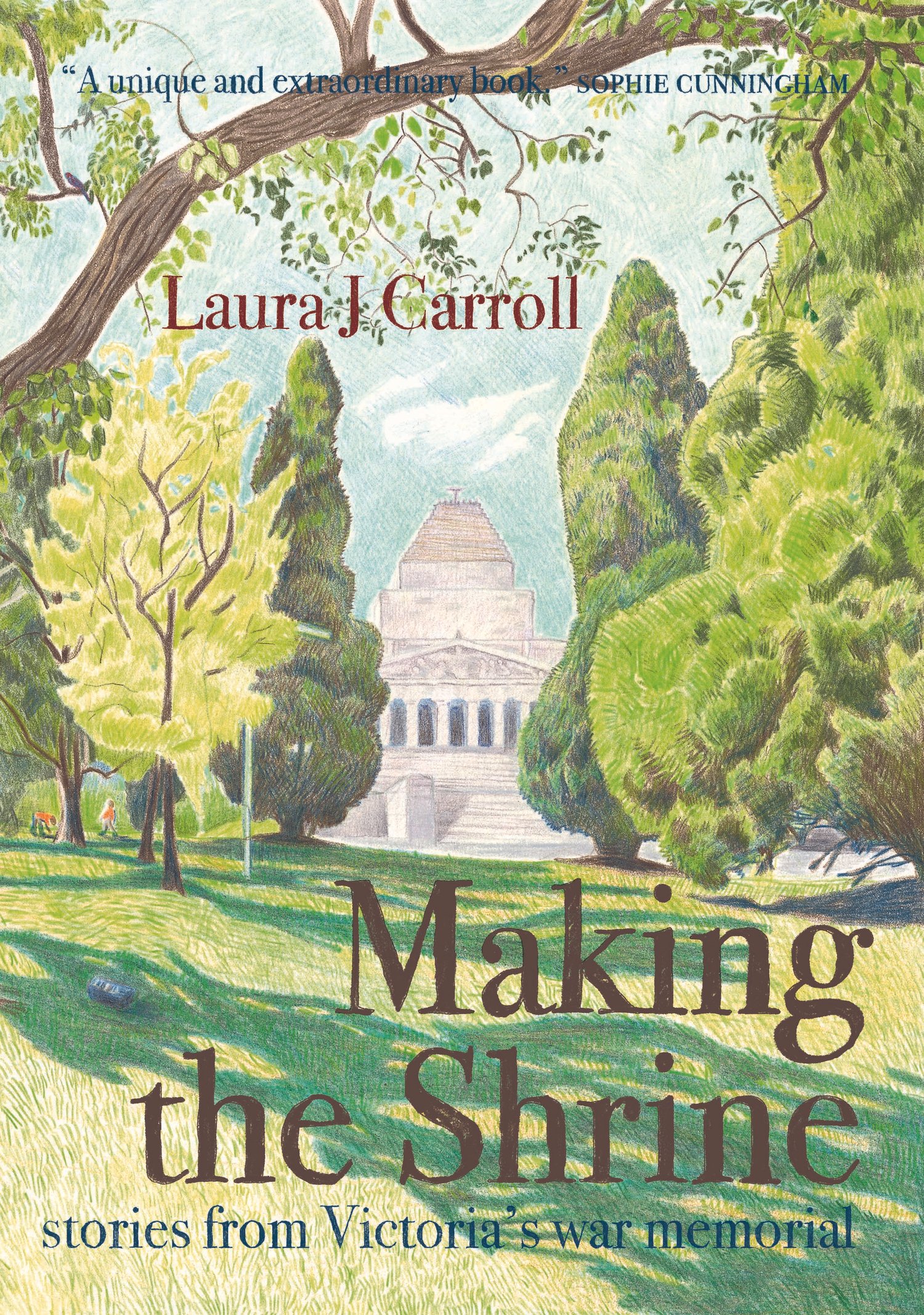
‘It explores what the Shrine has meant in the changing context of how Australians have thought about how we should collectively remember wars. From the catastrophic loss and grief of the years immediately after the First World War through to the present day,’ Laura says.
The Shrine of Remembrance opened on 11 November 1934 to honour the men and women of Victoria who served in World War I. Watch the 1934 Dedication of the Shrine of Remembrance film of the opening from the Museum Victoria collection in Trove. As we celebrate its 90th anniversary in 2024, the Shrine now serves as a memorial to all Australians who have served in any war.
‘The Shrine is a building carved out of solid rock with precision and symmetry. It has this monumental, aloof quality - but it has also been the site of strong emotion, protest, upheaval, social change; it's been vulnerable and fragile at times; and people have formed passionate attachments to it over the decades. All of this suggested to me that it was a good subject for exploring in the organic, handmade, painstakingly human medium that is the graphic novel,’ says Laura.
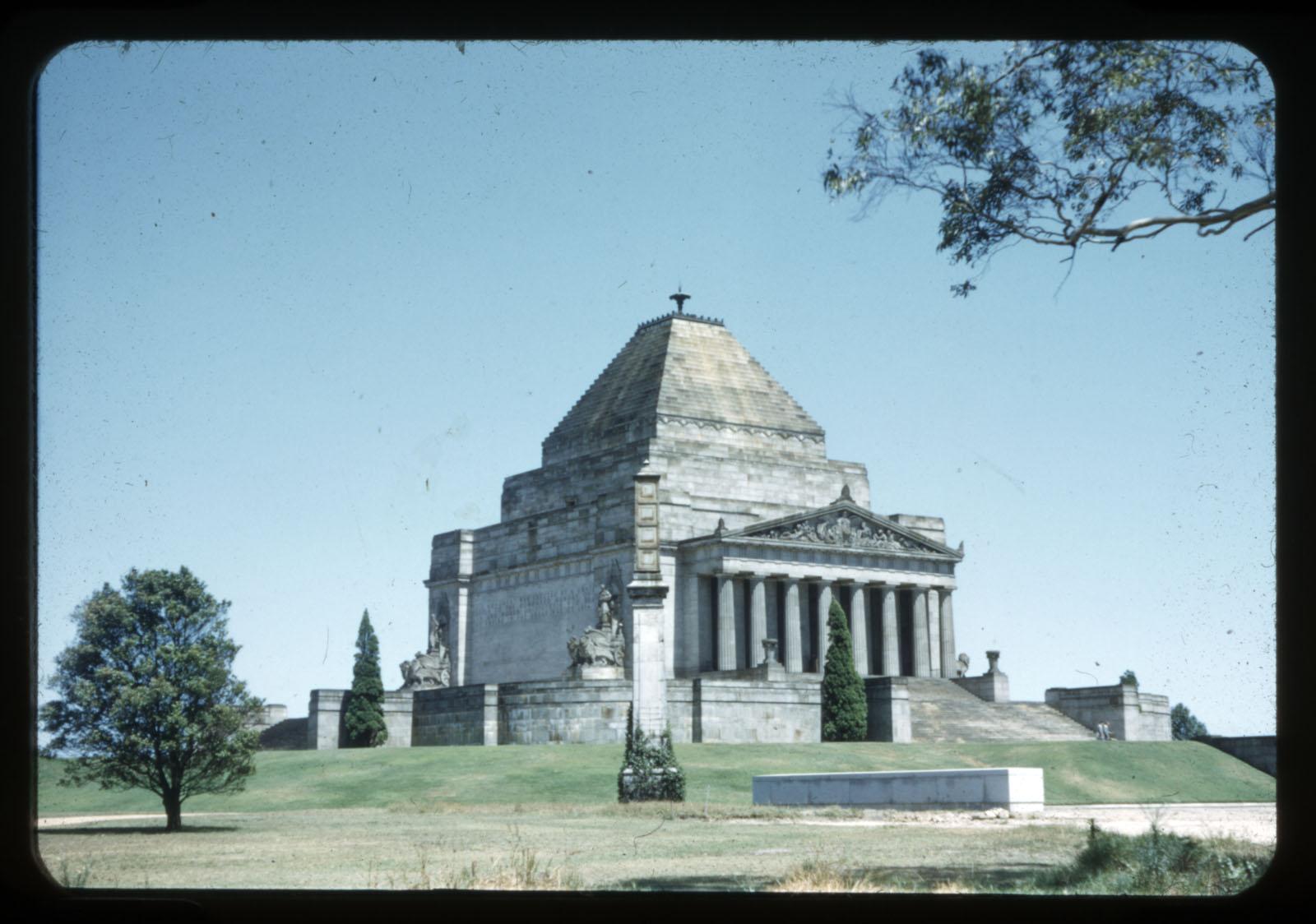
Painting a detailed picture with Trove
The graphic novel is 176 hand-drawn pages, created with ink, watercolour, coloured pencils, and a whole lot of Trove!
‘I used Trove continually and at all stages of development of Making the Shrine, as I mapped out and produced each individual story.’
Laura used Trove to research the history of the Shrine and to establish historically-sound narratives for the stories she tells.
‘It was useful to be able to triangulate across multiple sources and different eyewitness accounts,’ she says.
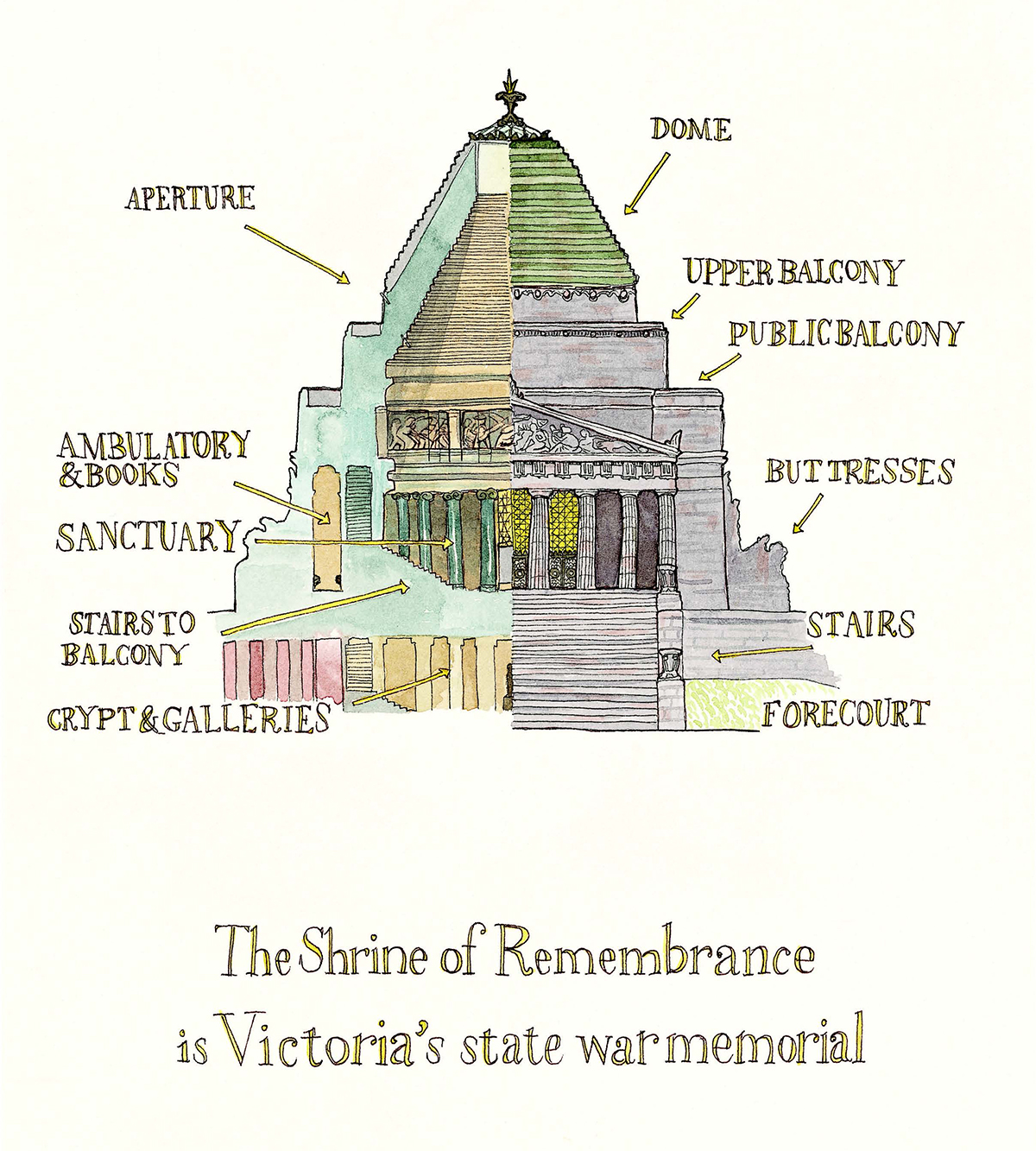
As Laura developed the script for each story, she used Trove to find the historical details that add to the richness of the stories. She looked for the language and phrases people used, and the jokes they told.
‘One of the more slang-heavy stories looks at community fundraising efforts in support of the Shrine. People worked so hard during the Great Depression to raise the bulk of the funds needed to pay for the monument, and I decided to dramatise that through a local fete staged by a group of women friends. To show them really earning every penny – by facing down a mob of increasingly wild, sugar-fueled local children – I used Trove to find the names of the kinds of homemade sweets they might have sold,’ Laura explained.
In this extract from her book, Laura includes some of the treats she found mentioned in Trove from this era. One snack discovery was the intriguingly named, “good little normey".
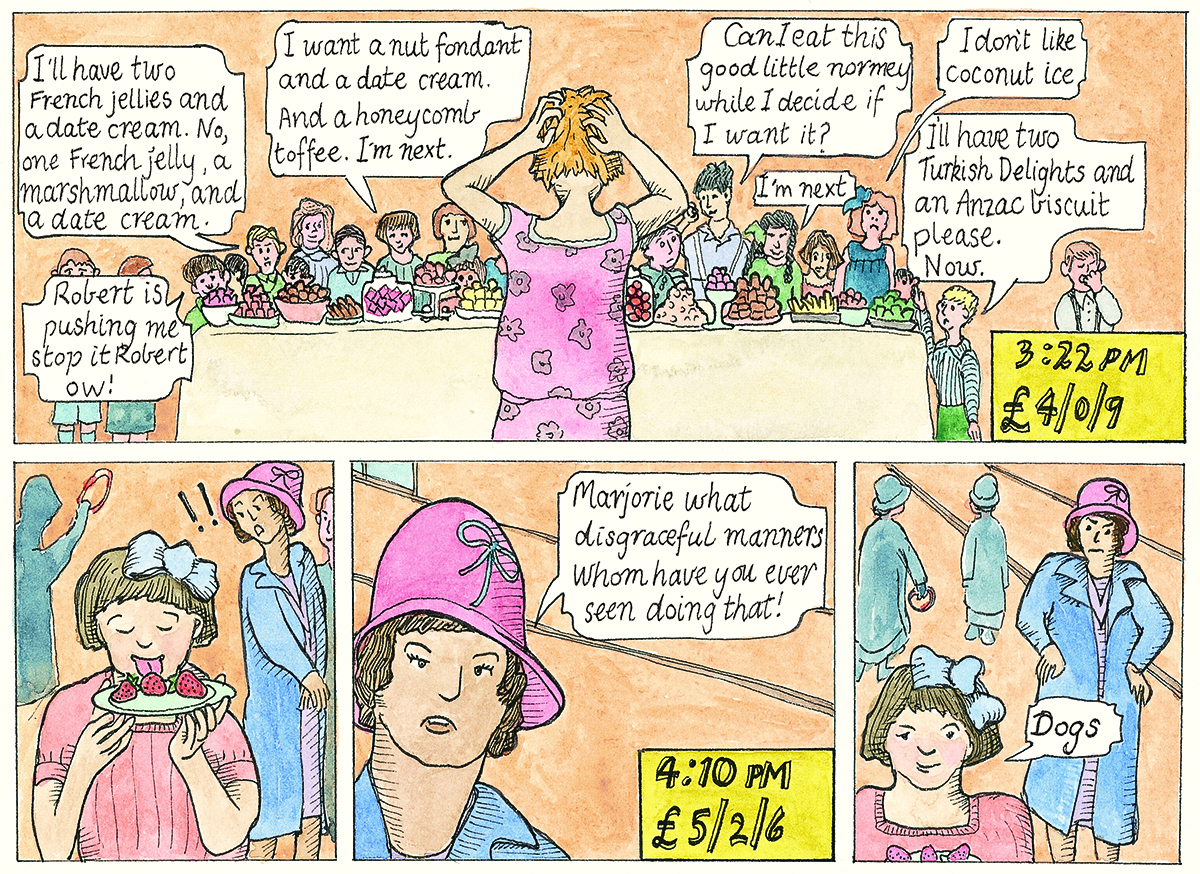
When researching examples of children behaving badly, Laura also surfaced this hilarious little "Storyette" of a misbehaving Marjorie.
Laura also used images in Trove as reference points when creating the novel’s illustrations.
‘I looked for photos and drawings of the Shrine throughout its life, but also of people and things I could use to flesh out my images: hairstyles, clothes, cars, buildings,’ she says.
Words from the paper
Laura found inspiration in newspaper reports available in Trove, but not in the way you might expect.
‘Something I really enjoyed about reading old newspapers from the 1920s and 1930s, when the Shrine was being planned and built, was the language journalists used. They weren't afraid of the occasional flight of fancy or bit of melodrama even when reporting "straight" news.’
Leaning into the statements that she suspects were ‘heavily embroidered to bring out the drama in otherwise dry situations,’ Laura set to illustrate the drama.
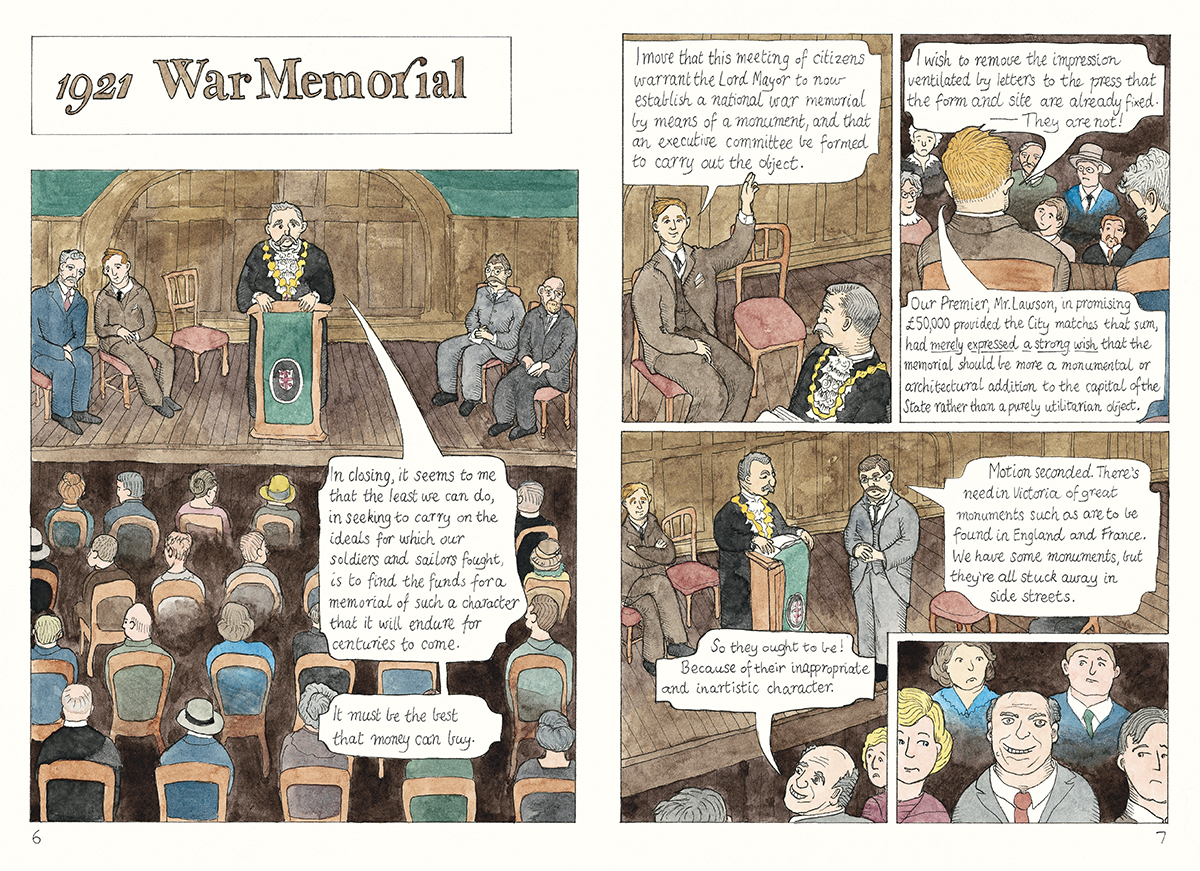
One of the first stories in Laura’s graphic novel is a dramatisation of this recount of a public meeting held in Melbourne to organise a war memorial.
‘I loved the heated, weirdo interjections from the floor of the meeting and could just picture in my head the side-eye those speakers would be getting from their neighbours. So, I drew all of that into the book.’
Using Trove lists
In addition to using Trove for research and inspiration, Laura took advantage of Trove lists to manage her research.
‘I really depended on Trove's lists facility to gather and organise my material.’
To assist with her research, Laura created this Trove list about the tiny quarry at Tynong, in Gippsland, where the Shrine’s stone came from.
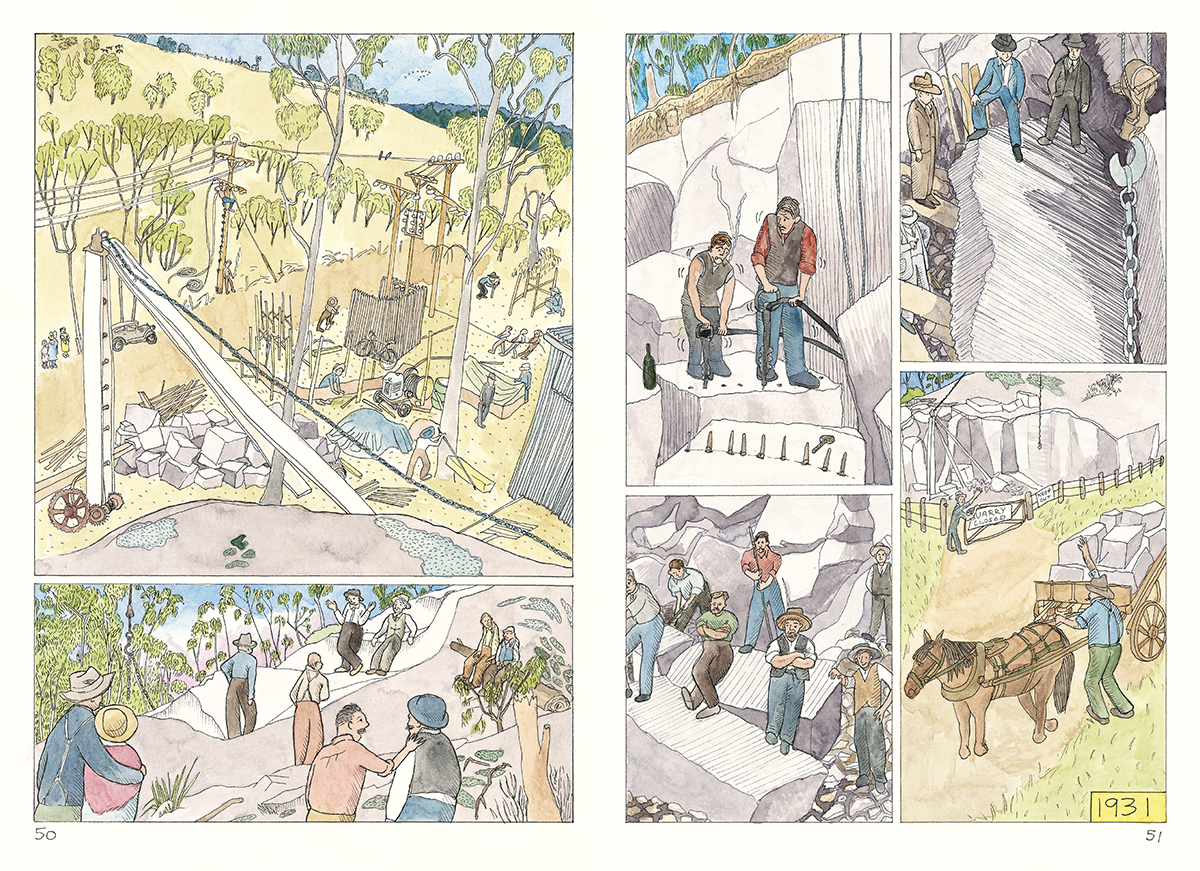
‘I collated articles which tracked the quarry over several years. Some of these articles had amazing eyewitness accounts of the cutting of the stone. Others had invaluable photos of the stone cutting as it proceeded, from a smooth uncut ancient granite boulder to a deep and jagged scar in the landscape,’ she explains.
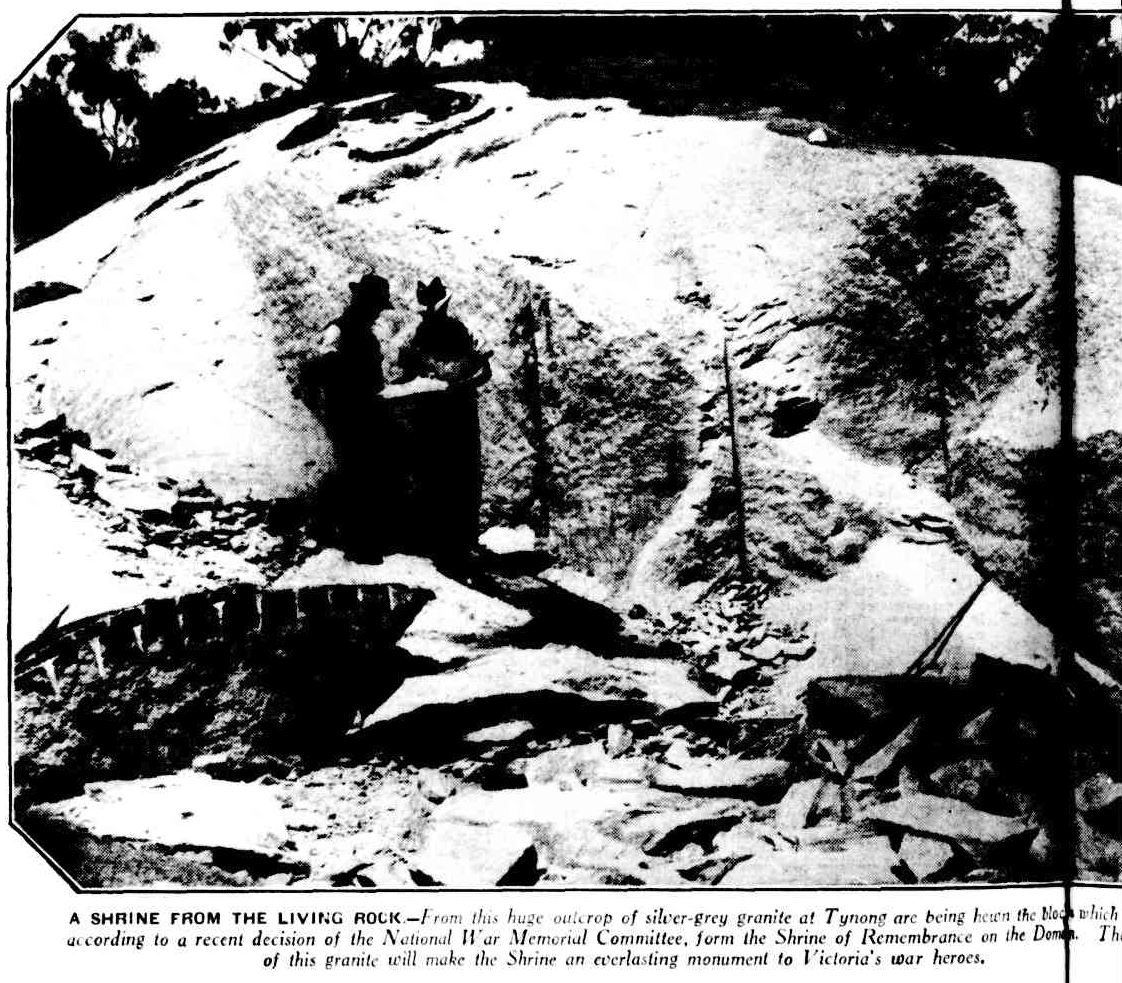
Retelling history during an historical moment
While Laura has worked at the Shrine for eight years, the graphic novel was a personal passion project kicked off during Melbourne’s COVID-19 lockdown experience.
‘Like so many people in this city, I had to find something to do to keep myself sane through our lockdowns, and in the night-time curfew winter of 2020 I went back to drawing,’ Laura recounts.
‘I continue to find the Shrine endlessly fascinating. I knew there were a lot of great stories embedded in its history. I also knew that many of the most interesting and telling stories about it are not well known because they happened behind the scenes or just below the threshold of what makes for front page news or pride of place in the historical record,’ she says.
The self-published book was completed with the permission of the Shrine and created over a 2-and-a-half-year period, separately from Laura’s paid employment there.
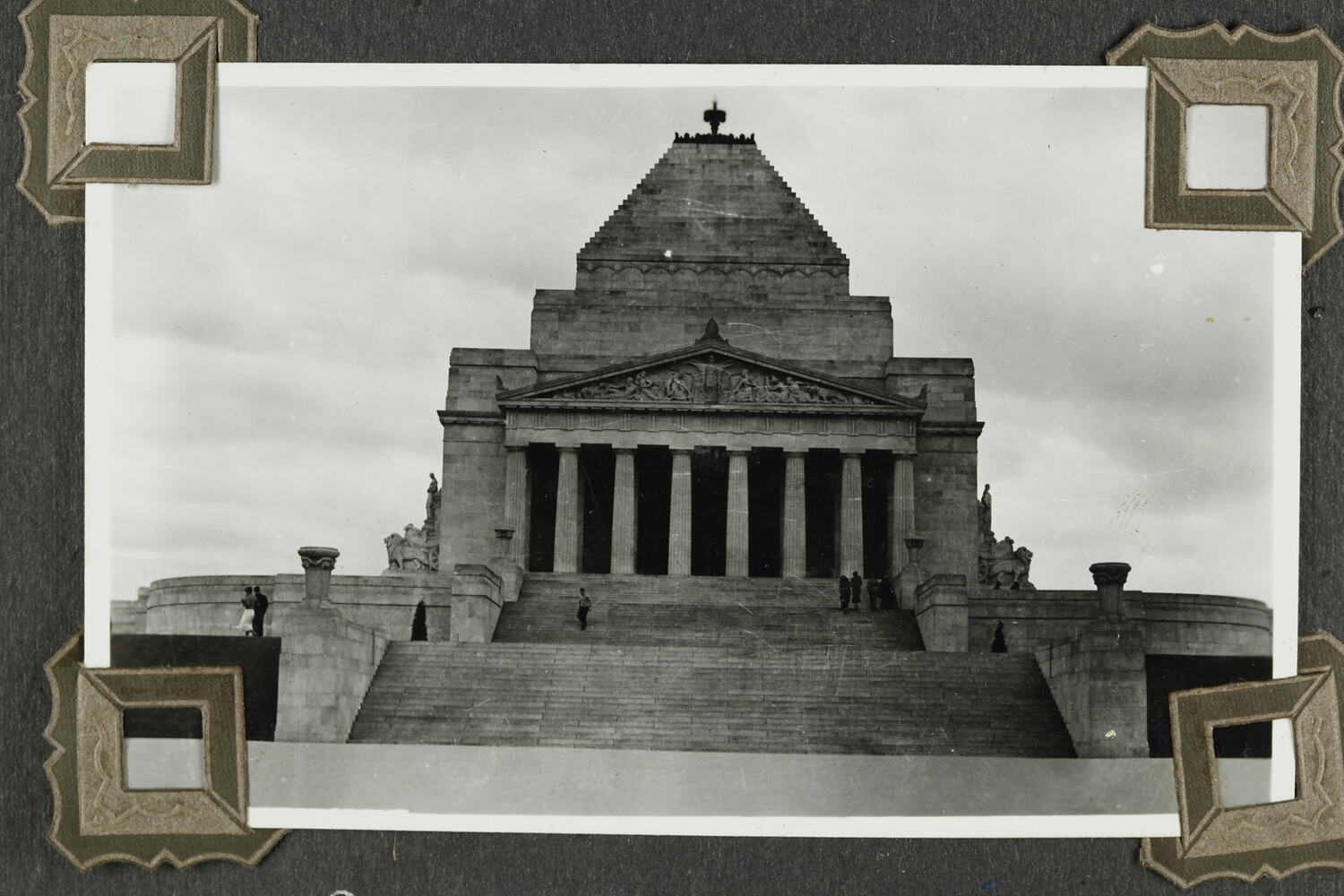
Growing Trove
As we continue to add new Partners and collections to Trove, new research and creative (or both) possibilities arise. In our interview with Laura, we asked her what she loves most about Trove. This was her answer:
‘I love the fact that Trove continues to grow and deepen, as new digital collections and streams come in. It's not static. It's like a living thing, full of possibilities, just the way the historical record is - and because it's an aggregator, it's an incredibly powerful window into our history and heritage.’
To share your own project completed with Trove, you can contact us or engage with us on Facebook.